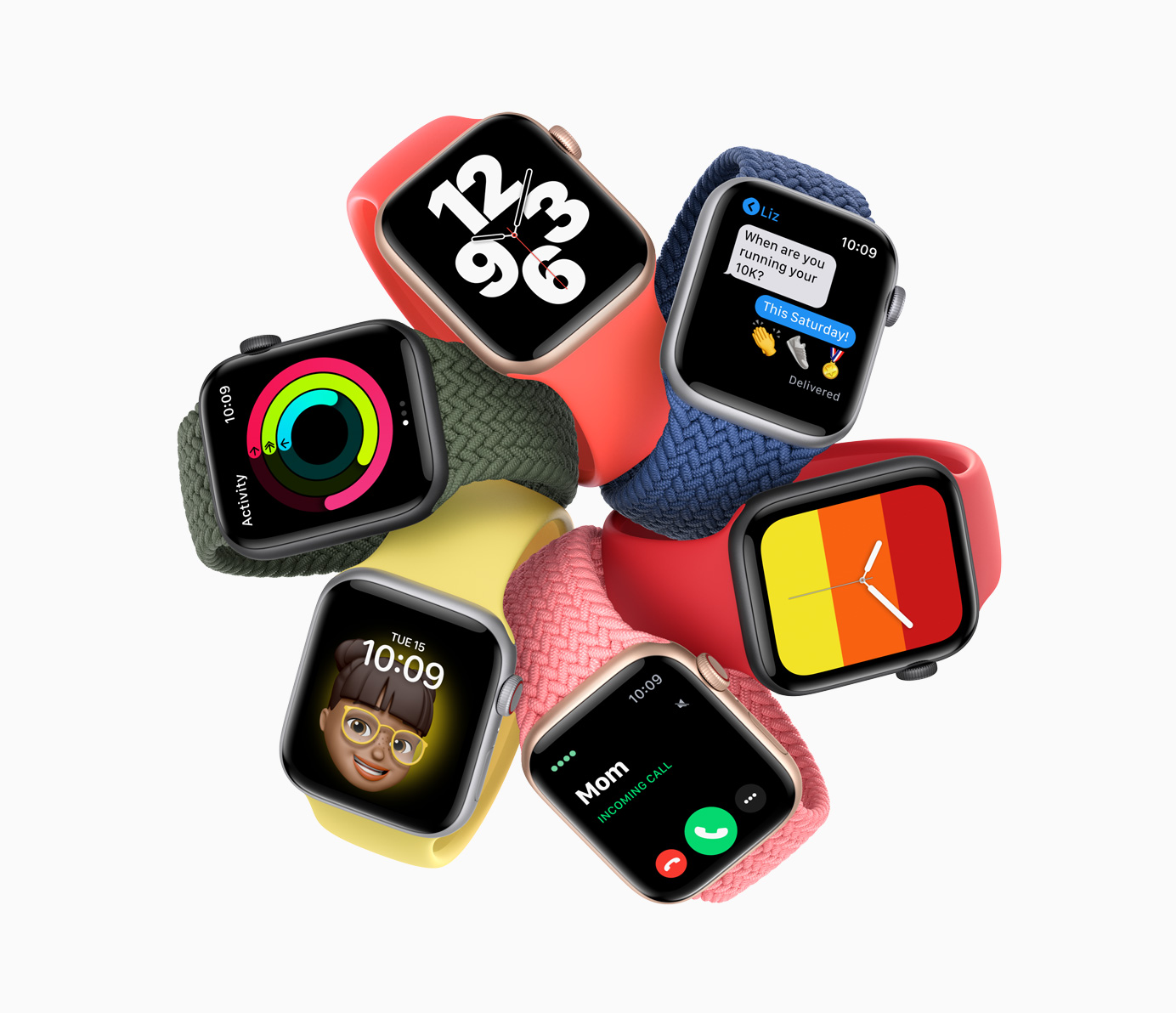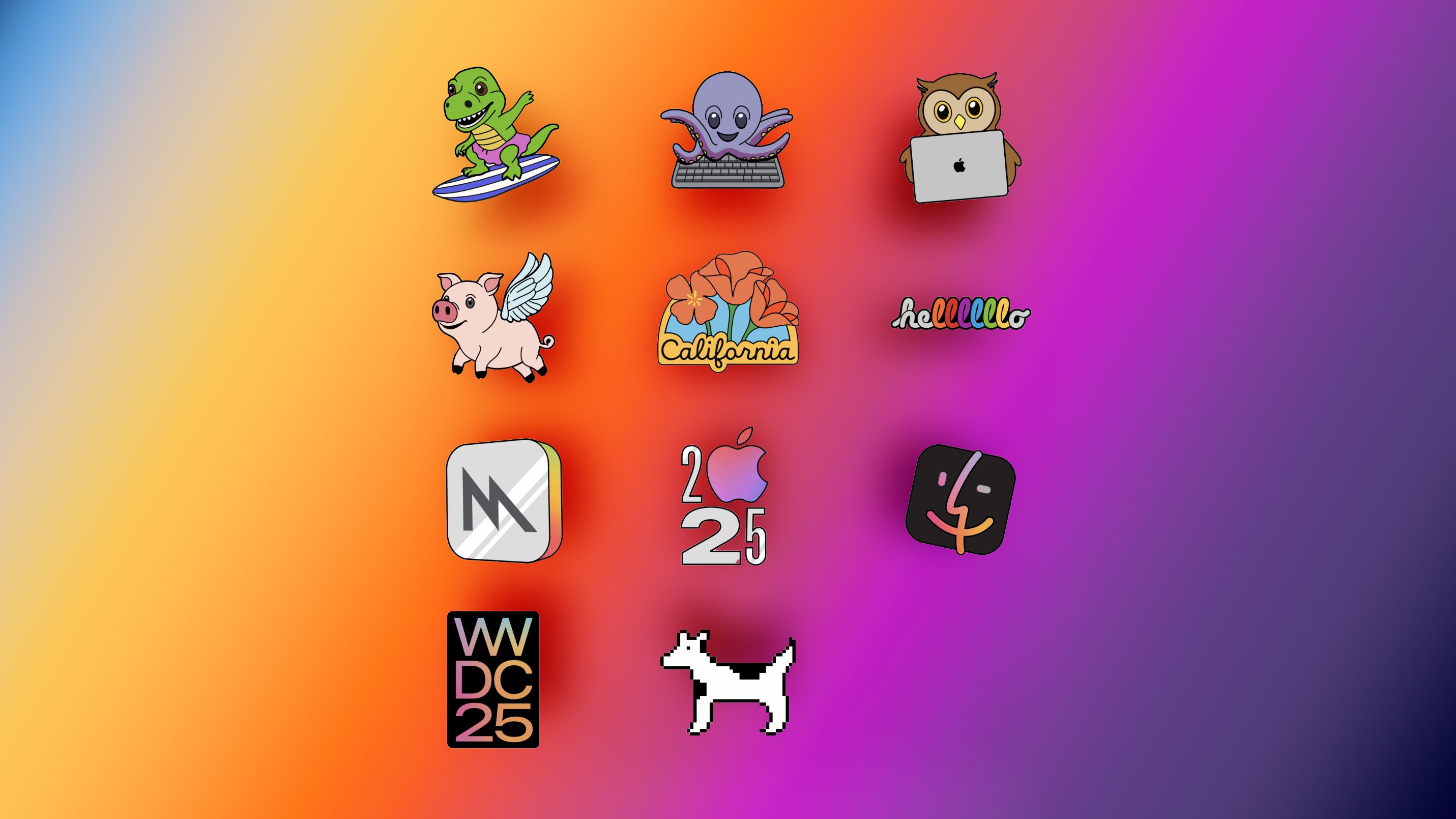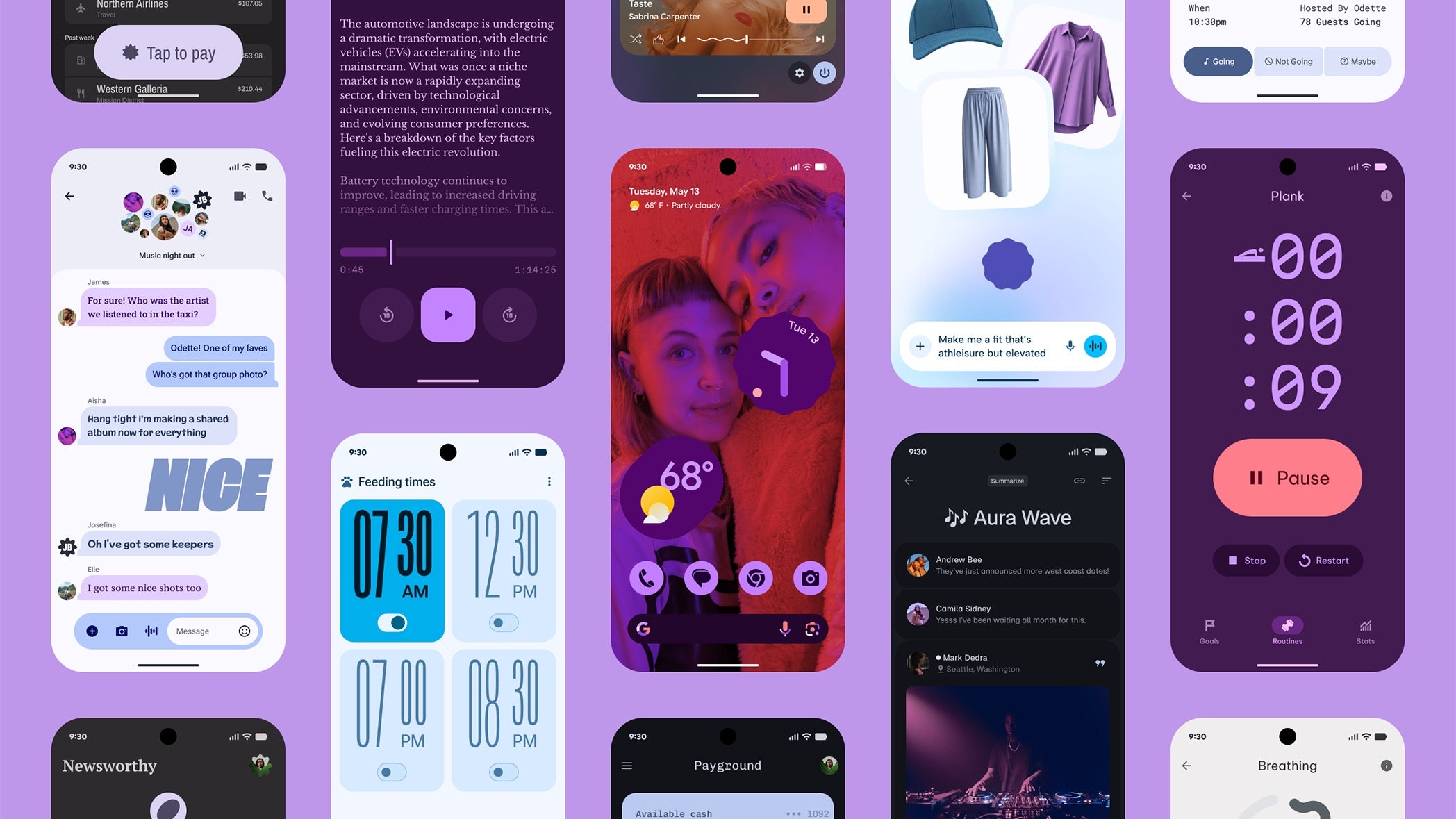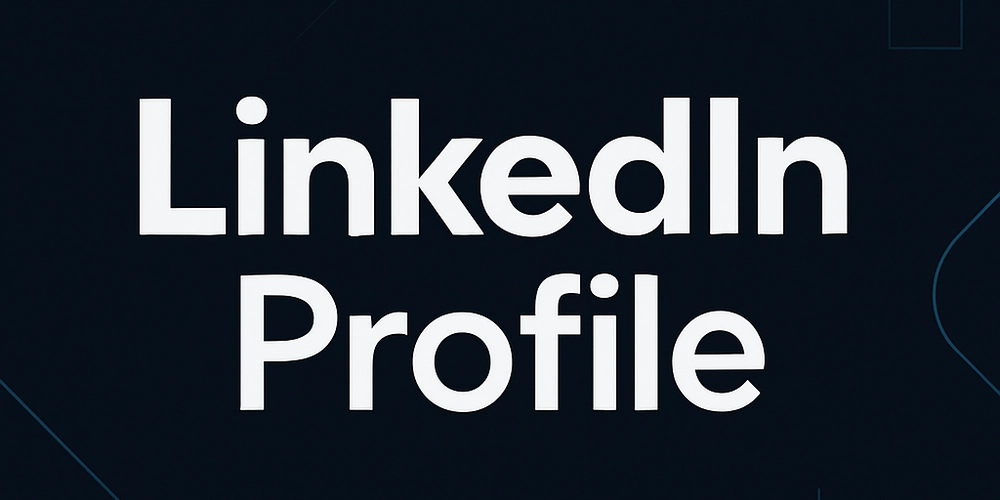Why developers with different backgrounds prefer either Python or Nodejs for full stack development
Developers come from different academic and professional backgrounds. Some study computer science, while others begin as self-taught coders. Some come from frontend design, others from data science or DevOps. These different paths often influence their preferences for backend tools. When it comes to full stack development, many developers choose either Python or Node.js depending on what they already know and what they want to build. Developers with frontend experience lean toward Node.js Frontend developers work mostly with HTML, CSS, and JavaScript. When they move into full stack development, they often choose Node.js. They already know JavaScript, so using it on both frontend and backend makes learning easier. They can reuse logic and packages, and they don’t need to switch languages. Node.js frameworks like Express make it simple to set up APIs. Developers can use tools like React for the frontend and keep everything in one language. This speeds up the learning process and simplifies code maintenance. Developers from academic or data backgrounds prefer Python Python is a popular teaching language in schools and universities. Many academic courses teach programming using Python. This includes areas like computer science, data science, machine learning, and automation. Developers from these areas already feel comfortable with Python. When they start building full stack apps, they naturally look for Python frameworks. Django and Flask are two powerful web frameworks in Python. These tools allow rapid development and offer clean structure. Data scientists often use Flask to build dashboards or APIs for their models. They don’t need to learn JavaScript at all if the frontend is simple or template-based. Comfort level influences tool choice A developer’s comfort level affects how productive they feel. Those with experience in JavaScript stick with Node.js. They like using npm packages, non-blocking calls, and the wide range of frontend libraries. They also enjoy working with frameworks like Next.js, which combine frontend and backend in a single platform. Meanwhile, Python developers enjoy writing readable and logical code. They focus on clarity, structure, and model accuracy. They use Python’s libraries for testing, deployment, and automation. Tools like Jupyter Notebooks and Pandas make their work even more productive. For example, in a comparison study of python vs nodejs for ai development, data-focused developers preferred Python for its built-in libraries and integration with machine learning platforms. Job roles affect preferences too Full stack developers in startups often choose Node.js. They build quick prototypes and MVPs using JavaScript on both ends. They work fast and need flexibility. In contrast, backend developers in tech companies or research teams prefer Python. They build scalable services and models. Their focus lies more on performance, logic, and data flow than on interface speed. Even DevOps engineers may prefer Python because it works well for automation and scripting. They use it to manage servers, deploy containers, or control infrastructure with tools like Ansible. Long-term goals shape choices Some developers aim to become AI specialists, so they choose Python. Others want to master frontend technologies, so they stick with Node.js to support their full stack needs. The right tool depends on personal goals and interests. Some choose Python because they plan to work in academia, research, or data-driven roles. Others go with Node.js because they want to launch SaaS products or work in agile web development teams. Conclusion Background, experience, and career goals shape a developer’s choice between Python and Node.js. There is no single “best” tool for full stack development. A frontend developer enjoys the JavaScript world and picks Node.js. A data science graduate enjoys clean logic and selects Python. Choose the tool that supports your workflow. Build projects using the language you feel confident in. This leads to better results, faster development, and more job satisfaction.

Developers come from different academic and professional backgrounds. Some study computer science, while others begin as self-taught coders. Some come from frontend design, others from data science or DevOps. These different paths often influence their preferences for backend tools. When it comes to full stack development, many developers choose either Python or Node.js depending on what they already know and what they want to build.
Developers with frontend experience lean toward Node.js
Frontend developers work mostly with HTML, CSS, and JavaScript. When they move into full stack development, they often choose Node.js. They already know JavaScript, so using it on both frontend and backend makes learning easier. They can reuse logic and packages, and they don’t need to switch languages.
Node.js frameworks like Express make it simple to set up APIs. Developers can use tools like React for the frontend and keep everything in one language. This speeds up the learning process and simplifies code maintenance.
Developers from academic or data backgrounds prefer Python
Python is a popular teaching language in schools and universities. Many academic courses teach programming using Python. This includes areas like computer science, data science, machine learning, and automation. Developers from these areas already feel comfortable with Python. When they start building full stack apps, they naturally look for Python frameworks.
Django and Flask are two powerful web frameworks in Python. These tools allow rapid development and offer clean structure. Data scientists often use Flask to build dashboards or APIs for their models. They don’t need to learn JavaScript at all if the frontend is simple or template-based.
Comfort level influences tool choice
A developer’s comfort level affects how productive they feel. Those with experience in JavaScript stick with Node.js. They like using npm packages, non-blocking calls, and the wide range of frontend libraries. They also enjoy working with frameworks like Next.js, which combine frontend and backend in a single platform.
Meanwhile, Python developers enjoy writing readable and logical code. They focus on clarity, structure, and model accuracy. They use Python’s libraries for testing, deployment, and automation. Tools like Jupyter Notebooks and Pandas make their work even more productive.
For example, in a comparison study of python vs nodejs for ai development, data-focused developers preferred Python for its built-in libraries and integration with machine learning platforms.
Job roles affect preferences too
Full stack developers in startups often choose Node.js. They build quick prototypes and MVPs using JavaScript on both ends. They work fast and need flexibility.
In contrast, backend developers in tech companies or research teams prefer Python. They build scalable services and models. Their focus lies more on performance, logic, and data flow than on interface speed.
Even DevOps engineers may prefer Python because it works well for automation and scripting. They use it to manage servers, deploy containers, or control infrastructure with tools like Ansible.
Long-term goals shape choices
Some developers aim to become AI specialists, so they choose Python. Others want to master frontend technologies, so they stick with Node.js to support their full stack needs. The right tool depends on personal goals and interests.
Some choose Python because they plan to work in academia, research, or data-driven roles. Others go with Node.js because they want to launch SaaS products or work in agile web development teams.
Conclusion
Background, experience, and career goals shape a developer’s choice between Python and Node.js. There is no single “best” tool for full stack development. A frontend developer enjoys the JavaScript world and picks Node.js. A data science graduate enjoys clean logic and selects Python.
Choose the tool that supports your workflow. Build projects using the language you feel confident in. This leads to better results, faster development, and more job satisfaction.



















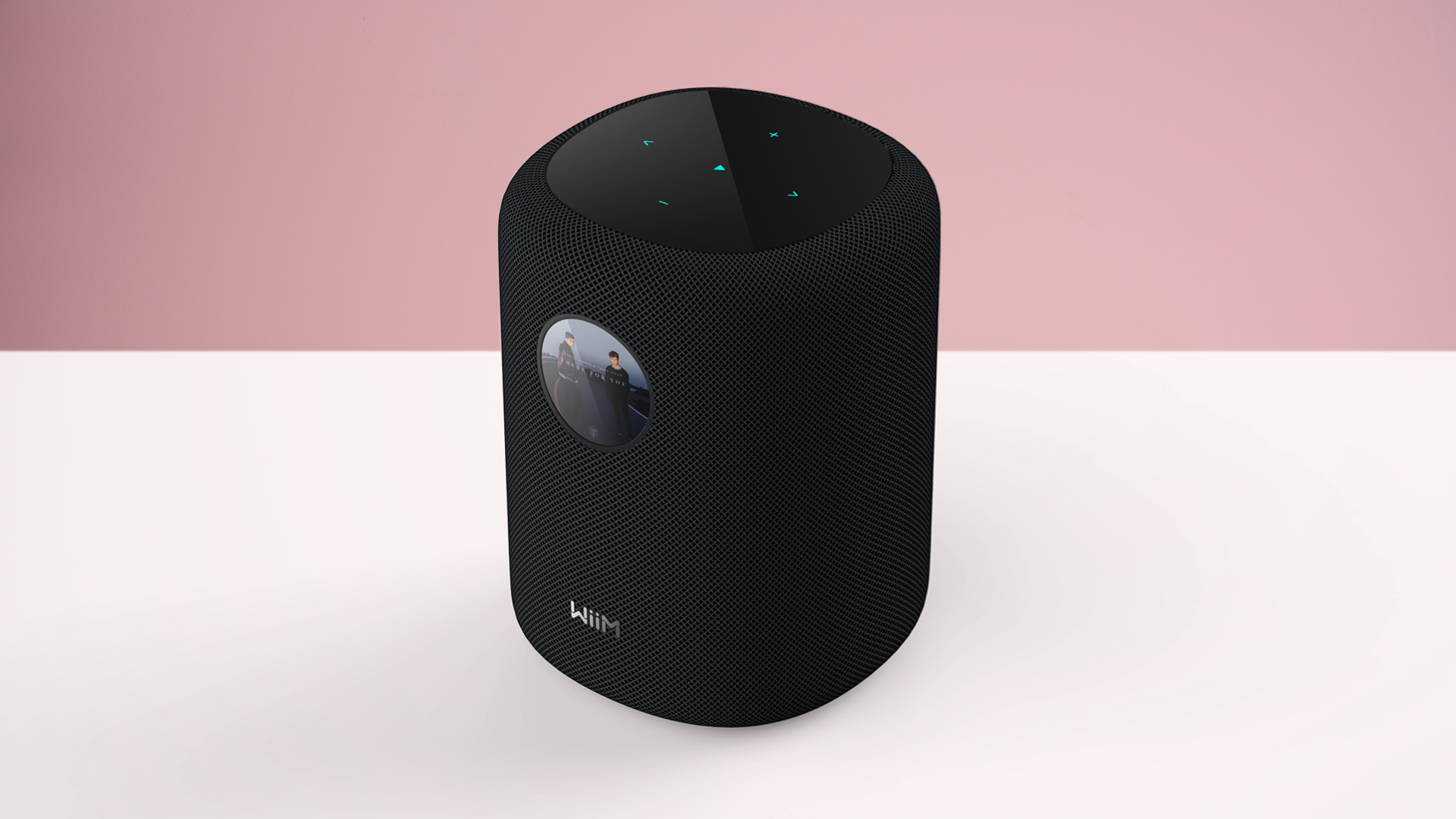

























































































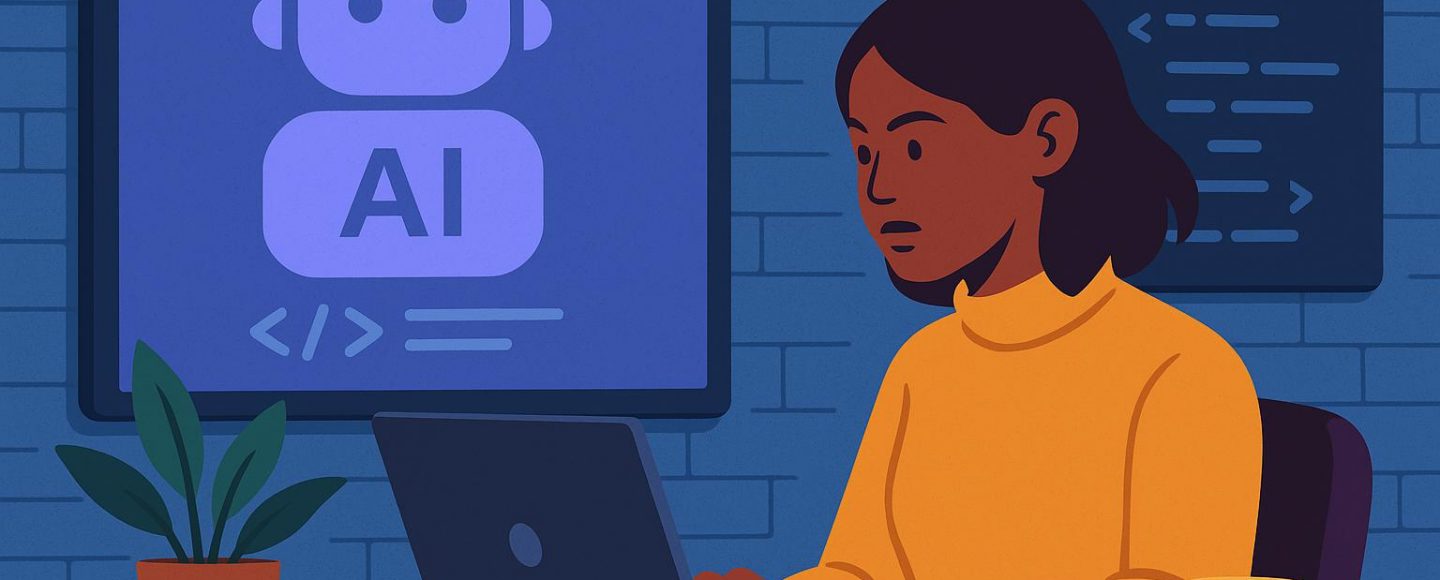




















































![[The AI Show Episode 147]: OpenAI Abandons For-Profit Plan, AI College Cheating Epidemic, Apple Says AI Will Replace Search Engines & HubSpot’s AI-First Scorecard](https://www.marketingaiinstitute.com/hubfs/ep%20147%20cover.png)













































































































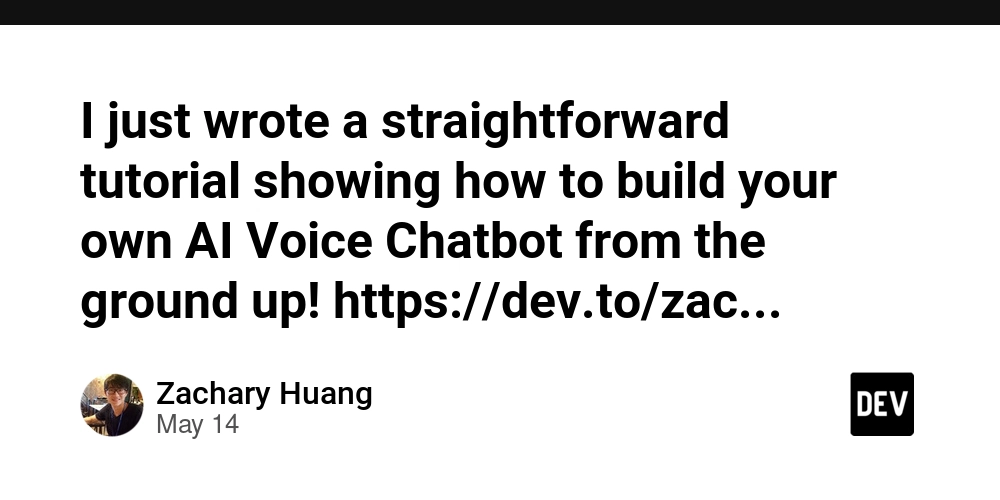

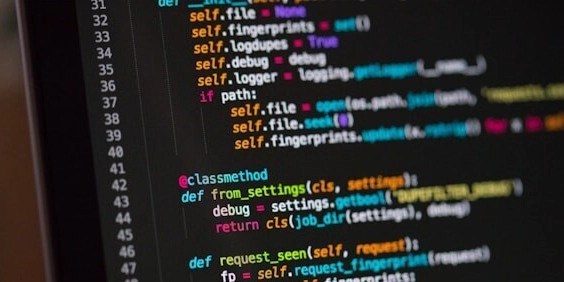


















































































![Legends Reborn tier list of best heroes for each class [May 2025]](https://media.pocketgamer.com/artwork/na-33360-1656320479/pg-magnum-quest-fi-1.jpeg?#)





















































-xl.jpg)

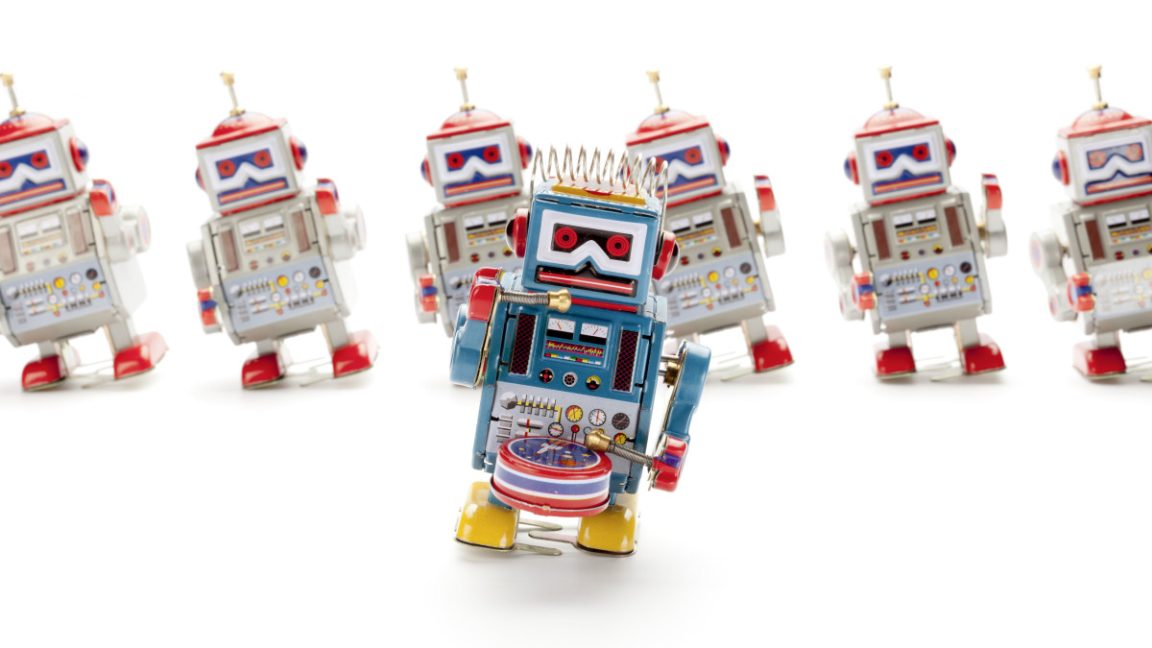










_KristofferTripplaar_Alamy_.jpg?width=1280&auto=webp&quality=80&disable=upscale#)


.webp?#)














































































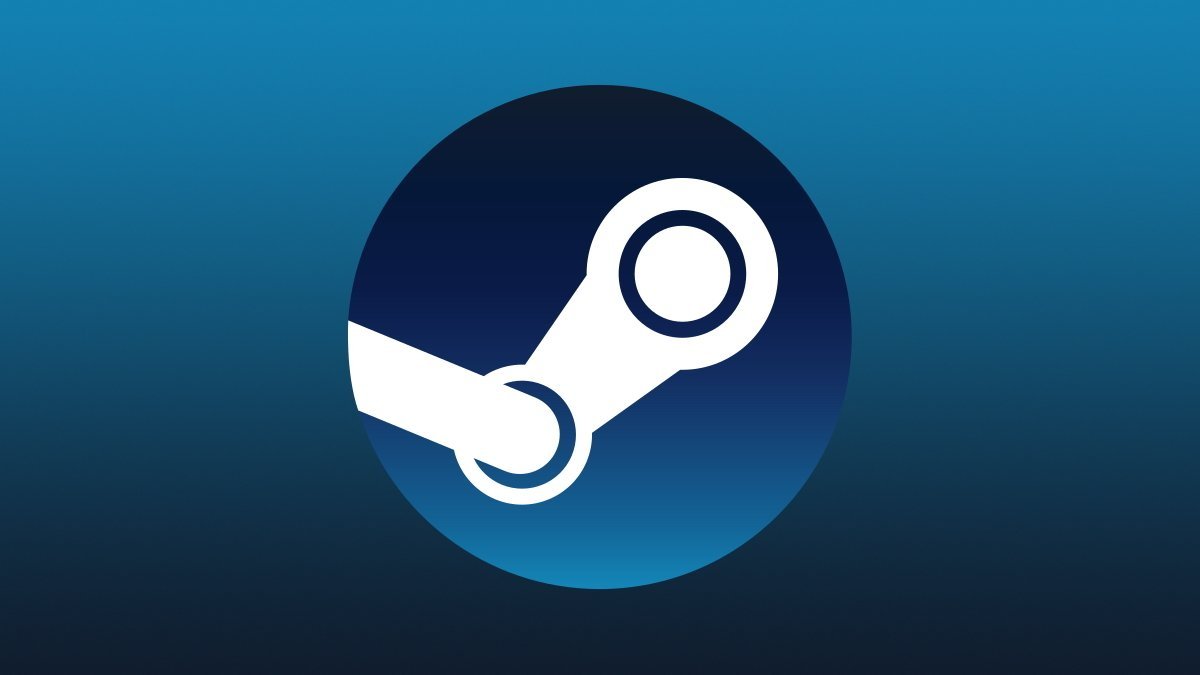


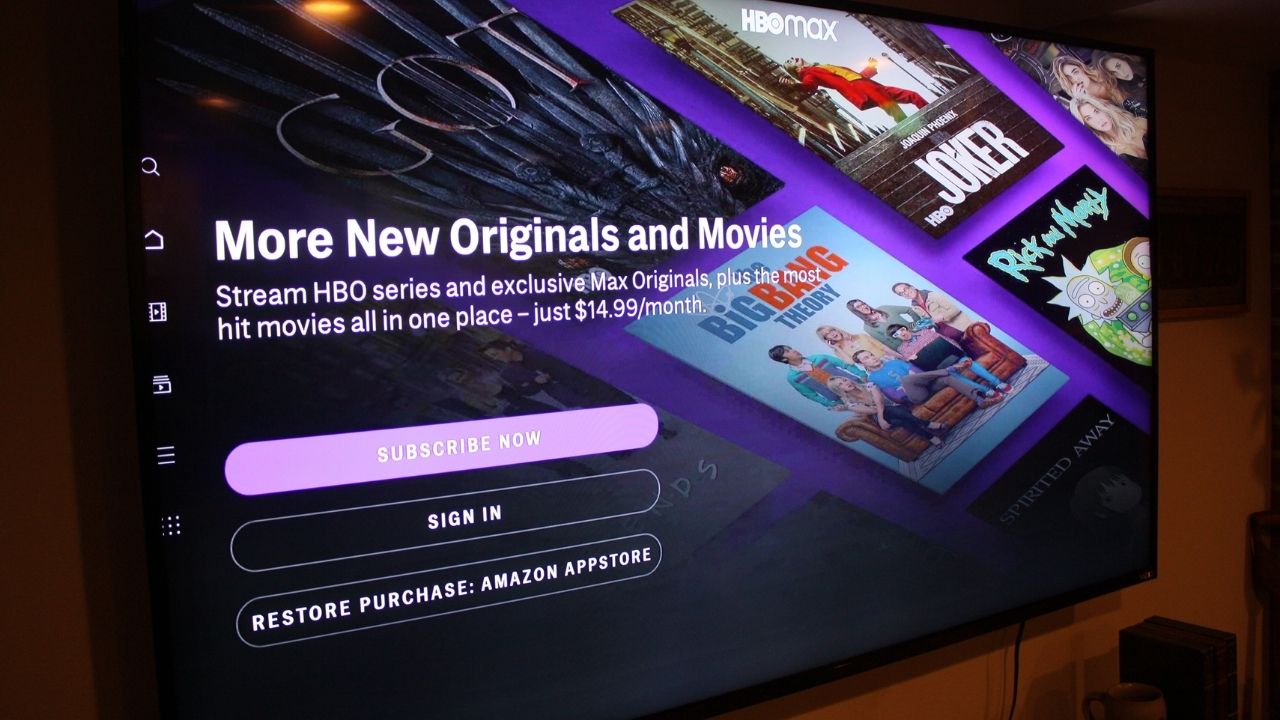

























![Vision Pro May Soon Let You Scroll With Your Eyes [Report]](https://www.iclarified.com/images/news/97324/97324/97324-640.jpg)
![Apple's 20th Anniversary iPhone May Feature Bezel-Free Display, AI Memory, Silicon Anode Battery [Report]](https://www.iclarified.com/images/news/97323/97323/97323-640.jpg)
















